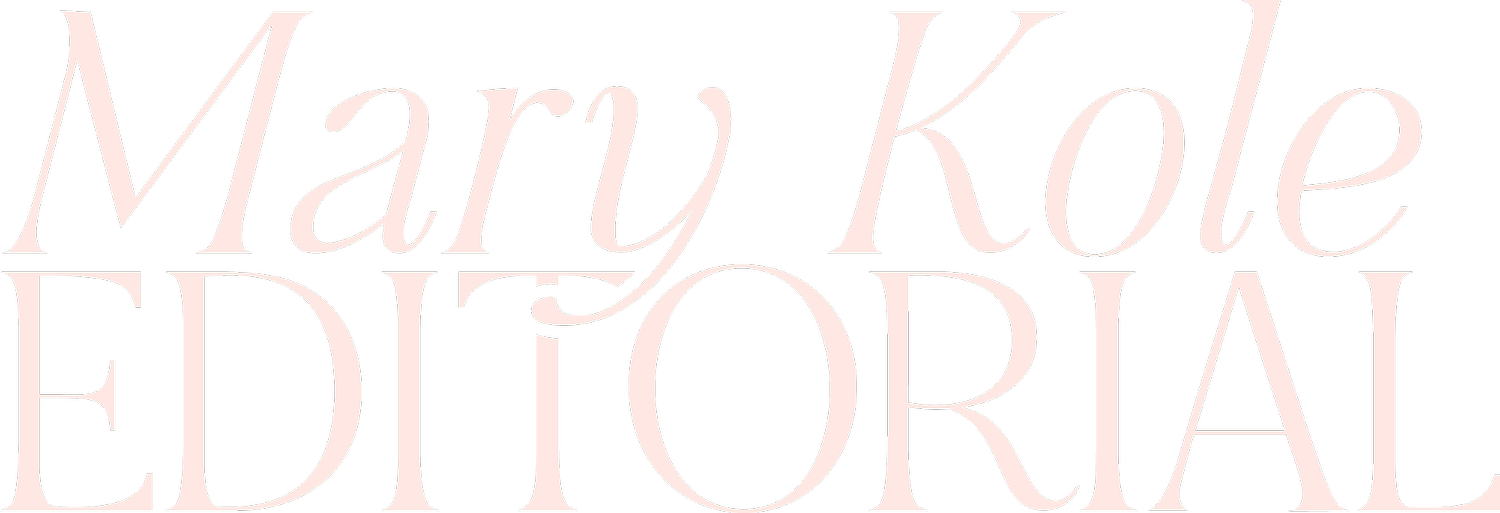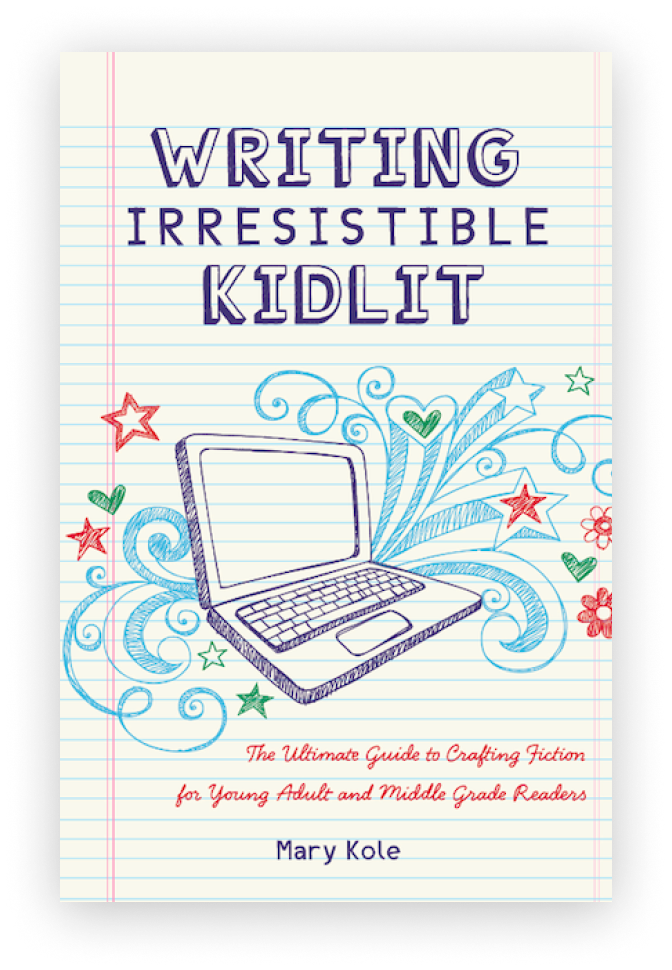Making a Living as a Writer
By Mary Kole
Mary Kole is a former literary agent, freelance editor, writing teacher, author of Writing Irresistible Kidlit, and IP developer for major publishers, with over a decade in the publishing industry.
For many creative writers, the dream is making a living as a writer. In fact, in my editorial questionnaire for my freelance editing practice, I ask the question of what writers want to achieve if they allow themselves to dream. “International bestseller and film franchise,” is, of course, a popular answer. But next up is the idea of making a living as a writer and not having to work a day job. Let’s dive into the idea of making a living as a writer, and whether it is feasible, let alone desirable for most writers out there.
The Dream of Making a Living as a Writer
It takes hard work, dedication, and luck to make it in the writing world. But don’t let that discourage you from pursuing your dream of becoming a professional writer. Here, we’ll explore the idea of making a living as a writer, including specific strategies that aspiring writers can execute in order to write professionally and be paid for it.
The most important step for any aspiring writer is to develop your skills and create high-quality content. This means reading widely, practicing your craft every day, reading like a writer, and honing your writing style to fit the market you’re targeting. You should also consider joining writing groups or taking classes on topics related to writing, if they are available in your area. And, of course, developing a writing practice. All of these things will help you grow as a writer and give you an edge when applying for jobs, generating your own book ideas or projects, or pitching ideas.
In addition to developing your skill set, you should also work to build relationships with other writers, editors, literary agents, and publishers in the industry. Networking is key when it comes to finding paying gigs as a freelance writer. If people know who you are and what kind of work you do then they will be more likely to hire or recommend you for jobs or projects that come up in a specific organization. You can start networking by attending events such as book fairs or a writer’s conference, joining social media groups dedicated to writers and writing (especially in a niche category or genre), or subscribing to newsletters that keep track of job postings in the industry (Publishers Lunch and PublishersMarketplace are good resources to start).
You might not be writing the material of your heart right away, but if you’re serious about writing consistently and getting paying gigs, making a living as a writer is possible … it just takes a tremendous amount of patience, stamina, and dedication (among other emotional writer’s tools).
The Reality of Making a Living as a Writer
But making a living as a writer can be a low bar. If you’re covering your living expenses, you could technically be “making a living as a writer,” but is it a “good” living? That depends on your life circumstances, how many people depend on your income, where you live, etc.
James Patterson is making a living as a writer, for example. But the sad truth is, most writers who set out with this goal will not make the same kind of living as James Patterson does. That kind of multi-millionaire status is reserved for writers who are incredibly prolific, hit a wide readership, and notch many bestsellers. And even then, you would be surprised by how little money is actually behind the public perception of writing and publishing success.
Many writers end up taking a job (even published authors!) to make ends meet, or supplementing their writing income with freelance editing or teaching. Some multi-published authors end up going back to work in the second half of their careers when the market for their type of work inevitably moves on (which markets and trends tend to do, unless you’re actively keeping an eye on the times and writing to market).
You’ll also end up devoting time to things other than writing when you’re making a living as a writer—or attempting to. If you’re traditionally published or self-publishing, you will need to do a ton of book marketing. (Especially writers who are starting out in the indie space, they will find that they are doing more marketing than writing, since every copy of their work that sells comes down to concerted effort on their part until they have more of a regular readership.)
This means spending time on multiple social media platforms for writers, developing your online platform. This doesn’t result in writing getting done (the key to making a living as a writer), but it’s important nonetheless. Robust networking and social media could lead directly into getting hired or landing an agent or publisher. This includes showing up in places where other media people hang out, like Medium, Twitter, and Substack.
Making a living as a writer is possible—it just takes time and effort. And you need to be clear about your definition of “making a living as a writer.” A modest living is more than possible. An extravagant one might be, well, fiction. In the meantime, keep developing your skill set, building relationships within the industry, and looking for opportunities. Casting a wide net and rigorously honing your craft are two ways to boost your odds of making a living as a writer.

Click here to purchase Writing Irresistible Kidlit, my book on fiction craft for MG and YA novels, out from Writer's Digest Books. This will show you my writing craft philosophy and give you lots of valuable advice, including tips for the novel revision process and self-editing. There are over 35 example novels cited and discussed throughout. It’s a valuable resource for any writer’s toolkit.
Click here to purchase Irresistible Query Letters, my book on query letters, including over forty examples with comprehensive notes on each one. There’s a ton of submission advice, best practices, and insider information in these pages, and you’ll really enjoy seeing what other writers are doing in the slush.
Click here to purchase Writing Interiority: Crafting Irresistible Characters, my book on interiority and character creation. Explore your protagonist’s thoughts, feelings, reactions and interpretations, expectations, and inner struggles to create a rich, immersive experience. This guide will empower you to create characters who live and breathe on the page, fostering an unbreakable bond with your audience.





